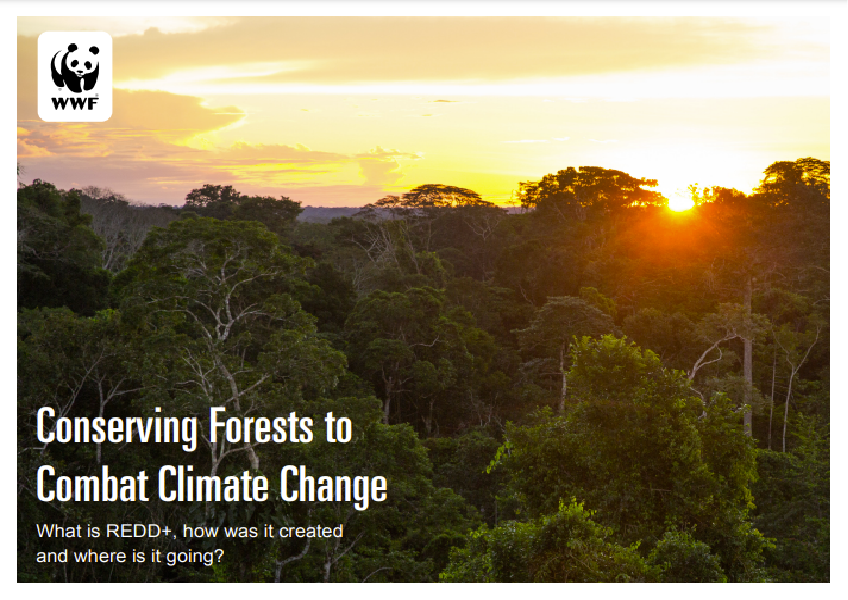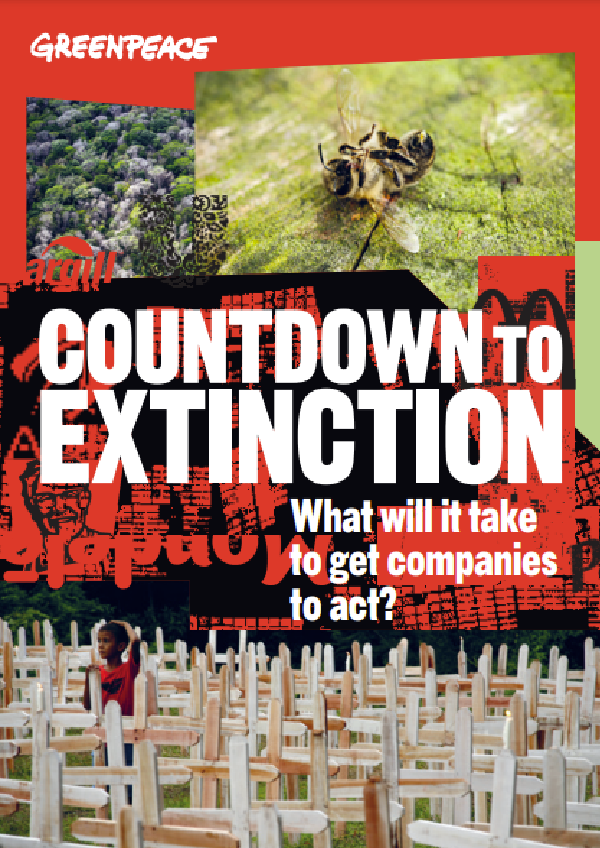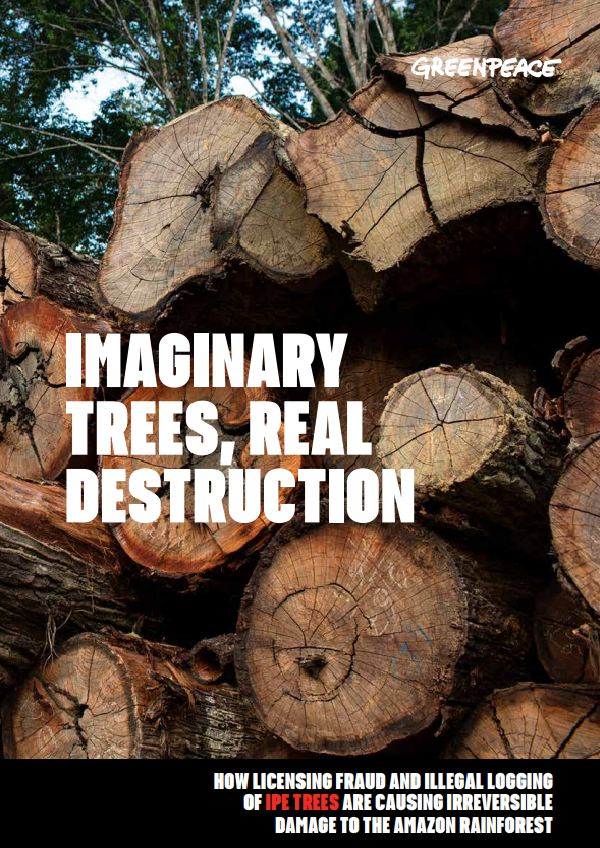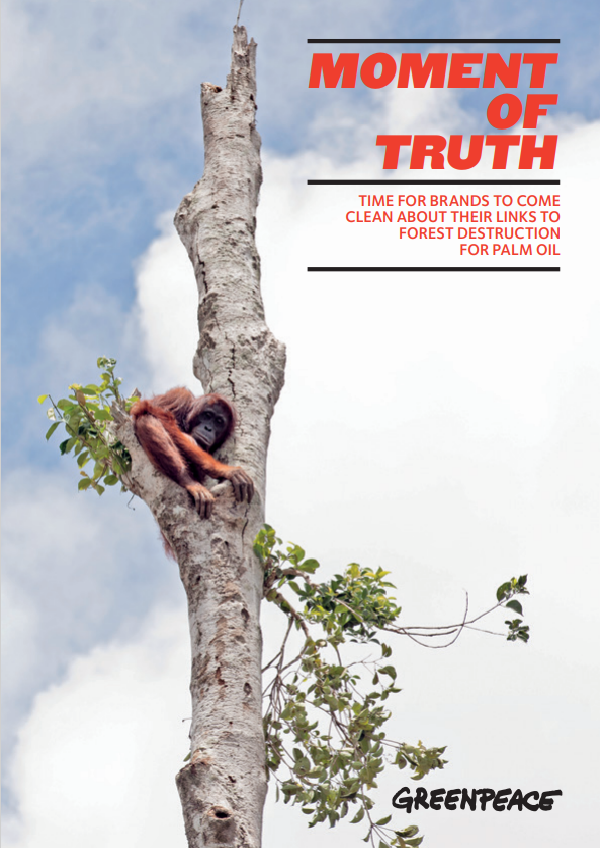The total global forest area is just over 4 billion hectares, accounting for nearly one-third (31 percent) of the Earth’s total land area, or the equivalent of Brazil, Canada, China, and the United States combined.
Not only do forests cover a large portion of the Earth’s landmass, they also play an important role in regulating the climate and are critical to combating the effects of climate change.
Developing countries are expected to suffer the most adverse effects from changing climate patterns. Rising temperatures, changes in precipitation, rising sea levels, and the increased frequency of weather-related disasters such as hurricanes, floods, and wildfires are posing enormous challenges to agriculture, food production, and water supply. National and national discussions on forests and climate change have focused on the importance of reducing carbon dioxide emissions from deforestation and degradation and increasing carbon storage (REDD+). The core purpose of REDD+ is to change the incentive structure to benefit forest conservation.
To ensure that it contributes to the environmental integrity of the climate regime, REDD+ requires a national commitment–not isolated projects.
In December 2015, with the signing of the Paris Agreement, the nations of the world reached an agreement on a historic, collective and comprehensive approach to combat climate change. The primary goal of the agreement, under the United Nations Framework Convention on Climate Change (UNFCCC), is to hold the increase in global average temperature to well below 2o C above pre-industrial levels and try to limit the increase to 1.5o C. Within that agreement is a recognition of the critical role of forests, including actions to halt and reverse the rate of deforestation and forest degradation in developing countries, which have contributed up to 20 percent of annual greenhouse gas emissions. To assist countries in these actions, the agreement includes a framework of policies and incentives for reducing deforestation and forest degradation and increasing carbon storage in forests through conservation and sustainable management. This is known as REDD+.
To do so, a solid understanding of REDD+ and the Paris Agreement is needed. The aim of this paper is to provide a foundation for describing what REDD+ is, in a manner that is accessible to policymakers, scientists, and civil society and in a form that is completely consistent with the UNFCCC decisions and agreements.
Such country-led plans can help move work in the right direction to keep global warming below 2°C and protect forests, but more needs to be done. Commitment and actions by the private sector to build deforestation-free commodity supply chains will also play a key role in protecting forest resources and mitigating risks for businesses that depend on commodity supplies.
It is clear that forests are integral to building the bright future we all hope for; the same is true for people, for economic development, and for the health of a planet under pressure from climate change and natural resource depletion. While many challenges remain in how to achieve climate and development goals in the next decade, the efforts of these countries show that forests will be an important part of the solution.
All nations should take action to conserve and enhance the role of “sinks and reservoirs of greenhouse gas emissions.”











